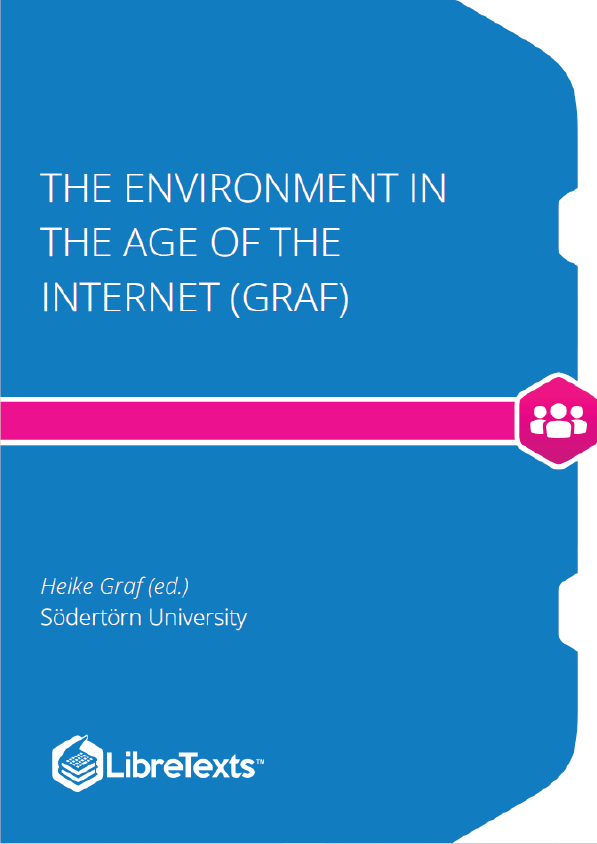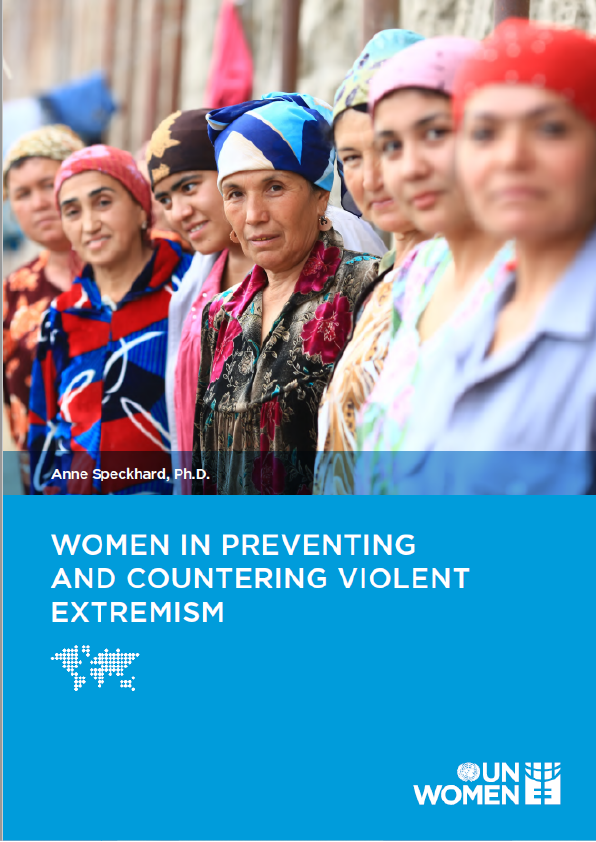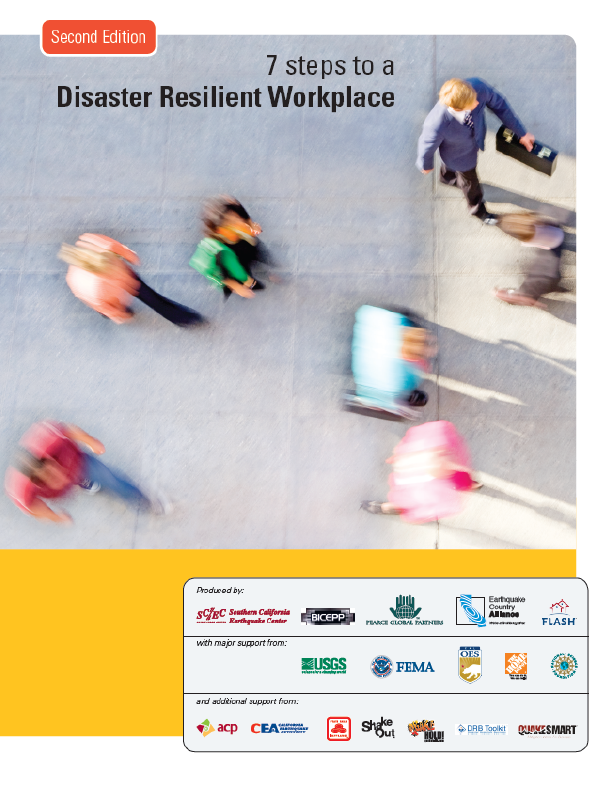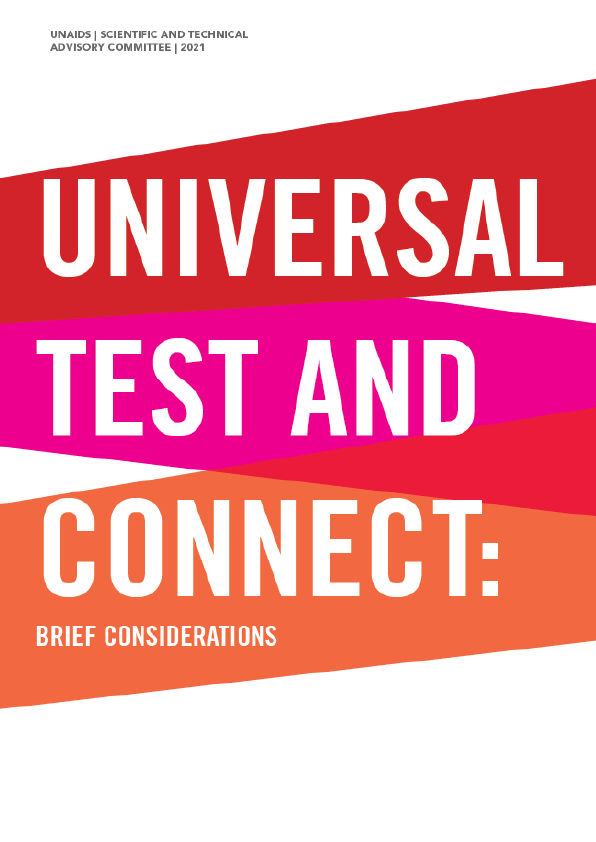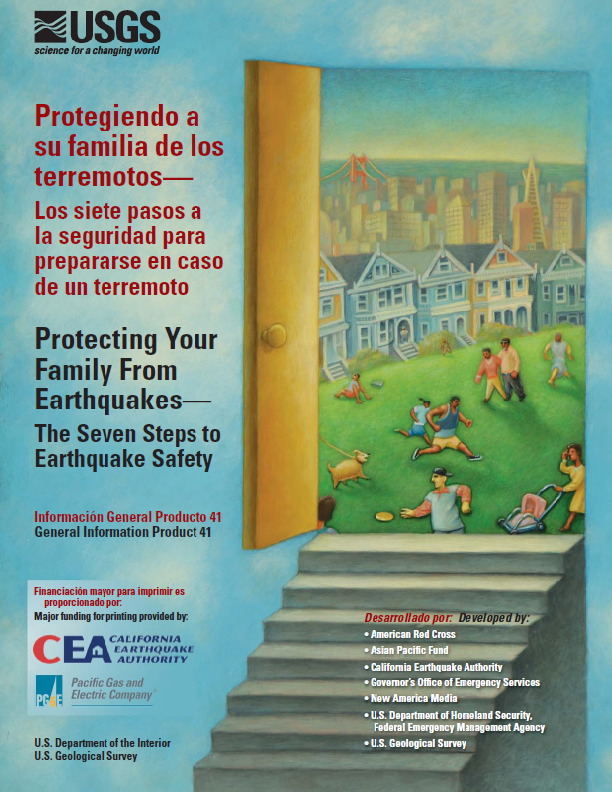How do we talk about the environment? Does this communication reveal and construct meaning? Is the environment expressed and foregrounded in the new landscape of digital media?
The Environment in the Age of the Internet: Activists, Communication, and the Digital Landscape is an interdisciplinary collection that draws together research and answers from media and communication studies, social sciences, modern history, and folklore studies. Edited by Heike Graf, its focus is on the communicative approaches taken by different groups to ecological issues, shedding light on how these groups tell their distinctive stories of “the environment”. This book draws on case studies from around the world and focuses on activists of radically different kinds: protestors against pulp mills in South America, resistance to mining in the Sámi region of Sweden, the struggles of indigenous peoples from the Arctic to the Amazon, gardening bloggers in northern Europe, and neo-Nazi environmentalists in Germany. Each case is examined in relation to its multifaceted media coverage, mainstream and digital, professional and amateur.
Stories are told within a context; examining the “what” and “how” of these environmental stories demonstrates how contexts determine communication, and how communication raises and shapes awareness. These issues have never been more urgent, this work never more timely. The Environment in the Age of the Internet is essential reading for everyone interested in how humans relate to their environment in the digital age.
This volume is situated at the intersection of communication, environment, and media. Communication here is not understood as the pure exchange of information, or as dialogue, but instead in a more general sense, as the core element that constitutes society. Without communicating about our environment, meaning here especially the non-human environment, we have no knowledge about dangers such as climate change, pollution, deforestation, etc., and therefore cannot react to them. German sociologist Niklas Luhmann expressed the importance of communication as follows: ‘Fish may die, or human beings swimming in lakes and rivers may cause illnesses, no more oil may come from the pumps, and average temperatures may rise or fall, but as long as this is not communicated it does not have any effect on society’ (Luhmann 1989, 28–29). In other words, the non-human environment, nature, and the climate, etc., can only be a subject of social concern when it is communicated. And ‘[e]verything that can be formulated linguistically can be communicated’ (Luhmann 1989, 16).
As the environment cannot speak itself or for itself, and, in the words of Robert Cox, ‘nature is silent’ (2013, 4), it has no possibility of communicating with society. The environment does not contain information or topics. It does not understand our speech, either. It cannot announce itself in terms of issues, saying, for example, that the climate will change. It can only irritate and disturb society by changing temperatures, melting glaciers, and so forth; disturbances which then receive public attention and become public and political concerns.
In this way, the non-human environment can be seen as an actor influencing communication in society, or in the words of Bruno Latour, as an agent of ‘our common geostory’ (2014, 3). How to tackle these disturbances is the subject of social communication, where someone ‘makes claims (in public) about them’ (Hansen 2010, 15) and, in other words, tells ‘stories’. Stories about ecological dangers and risks can be described as an attribution process, that is, as a construction of an observer (an individual person or a social system) about the ‘possibility of future damage’ (Luhmann 1990, 225). ‘The problem becomes for all of us in philosophy, science or literature, how do we tell such a story’ (Latour 2014, 3, my emphasis). Or, in the words of Luhmann: ‘the whole problem thereby becomes an internal problem of modern society’ (Luhmann 1996, 6).
